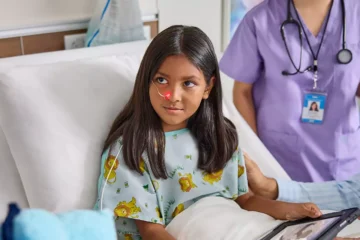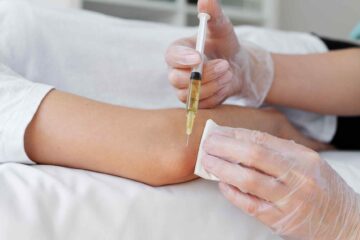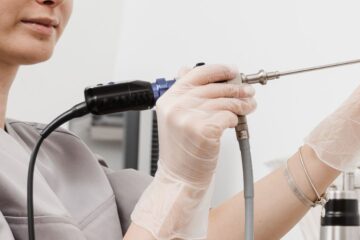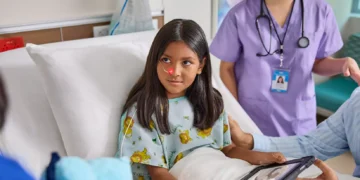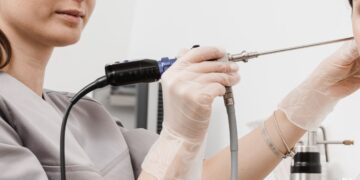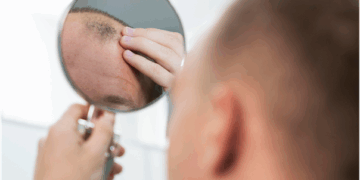Wart Removal Made Easy: Everything You Need to Know About Warts, Treatments, and Aftercare
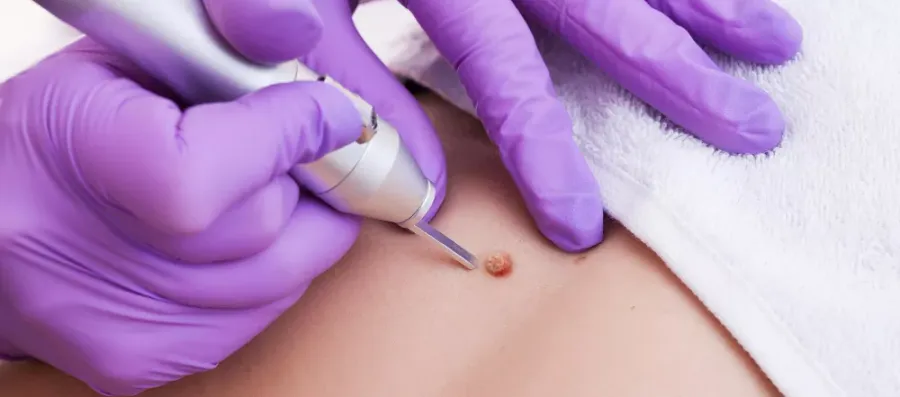
Suitable for stubborn or deep warts Minimal bleeding and faster healing Lower chance of recurrence Sometimes warts come back after removal. If you notice any signs of regrowth or if healing doesn’t seem normal, contact your clinic for a follow-up. More tips and care guidance can be found in this detailed aftercare guide.
The wart is painful or bleeds It’s in a highly visible or sensitive area It keeps spreading or returning It affects self-confidence or daily comfort Quick and safe removal can improve both appearance and peace of mind.
What Are Warts?
This is a peel-away solution that breaks down the wart over time. It’s easy to use but requires patience—it can take several weeks or even longer to work.
Usually done at a clinic, this method may need multiple sessions. An electric current is used to burn the wart away. It’s effective but may leave a small scar and cause some discomfort during recovery.
Different Types of Warts
There are several types of warts, and they may look different depending on where they appear:
Common warts: Rough and raised, usually found on fingers, hands, or knees.
- Plantar warts: Wear sandals in public showers or pools.
- Flat warts: Early treatment also helps prevent spreading the virus to others.
- Filiform warts: Long and thin, often near the eyes, nose, or mouth.
- Genital warts: Found in the genital area and require special medical treatment.
High precision with minimal damage to healthy skin Less bleeding and quicker recovery Lower chance of warts coming back Suitable for facial or foot warts and resistant cases Clinics like RETENS Medical Beauty specialize in advanced laser 脫疣 with professional care and excellent results.
Why Do People Remove Warts?
Most sessions last 10–20 minutes. Pat dry and avoid soaking the area for at least a few days. Picking can lead to infection or scarring.
- The wart is painful, bleeding, or growing.
- It’s in a visible area like the face or hands.
- It causes embarrassment or lowers self-confidence.
- It keeps coming back or spreading.
If your doctor suggests an antibacterial cream or healing ointment, apply it as instructed to support recovery.
Popular Wart Removal Methods
Not sure if it’s a wart? Or maybe your treatment at home hasn’t worked? Here’s when to get professional help The wart is painful, bleeding, or growing quickly.
1. Salicylic Acid (Home Treatment)
Unfortunately, yes—warts can return, especially if the virus stays in your skin. However, laser treatment reduces this risk significantly.
2. Cryotherapy (Freezing Treatment)
It’s quick but may cause some discomfort or leave a tiny scar. The frozen wart will turn white, form a blister, and fall off.
3. Electrocautery (Burning Method)
A special tool uses electric current to burn off the wart. It’s effective but may cause some discomfort and scarring.
4. Laser Wart Removal (Highly Effective and Precise)
激光脫疣 This over-the-counter option slowly peels away the wart. It’s low-cost and easy to use but can take time—weeks or even months—to work.
Benefits of Laser Wart Removal:
- Fast and accurate.
- Minimal pain and bleeding.
- Lower chance of recurrence.
- Ideal for hard-to-reach or stubborn warts.
A common clinic method using liquid nitrogen to freeze the wart. It forms a blister and eventually falls off. Several sessions may be needed.
What Happens During Laser Wart Removal?
If you choose laser 脫疣後護理, here’s what you can expect:
- Consultation: A top-tier choice using targeted laser energy to destroy wart tissue.
- Preparation: Numbing cream or local anesthesia keeps you comfortable.
- Laser Procedure: The wart is treated using focused light energy.
- Completion: The procedure takes 10–20 minutes. You can usually go home right after.
You’re in and out in about 15–20 minutes.
Aftercare Tips: How to Take Care of Your Skin Post-Treatment
You might need just one session—though deeper warts could need a follow-up. Gently wash with mild soap and pat dry. Avoid soaking for a few days.
Here’s how to care for your skin after wart removal:
1. Keep the Area Clean and Dry
Wash the treated area gently with mild soap and water. Pat dry with a clean towel. Avoid soaking the area in baths or pools for the first few days.
2. Avoid Scratching or Picking
Let the treated area heal naturally. Use any recommended ointments to protect and heal the area.
3. Apply Healing Ointment (if recommended)
Your doctor may suggest using an antibacterial or healing ointment. Follow their instructions to speed up recovery and protect your skin.
4. Protect the Area from Sunlight
Want extra help? Clinics like RETENS provide detailed aftercare advice tailored to your treatment.
5. Avoid Harsh Skincare Products
Skip exfoliants, acids, or harsh creams on the treated area until it’s fully healed.Some warts appear solo, while others come in clusters.
You can read more detailed tips from clinics like RETENS, which offer professional guidance on wart removal aftercare.
Can Warts Come Back?
A professional can confirm if it’s really a wart and recommend the safest, most effective treatment.
- Common warts: Usually found on the hands or fingers.
- Avoid touching warts: It keeps spreading or coming back.
- Don’t share personal items: Use your own towel, socks, or slippers.
- Wear slippers in public showers: It affects self-confidence or daily life.
Yes, they can—but with proper care, the chances are much lower. Laser treatments, in particular, reduce recurrence.
When Should You See a Doctor?
Looking for reliable treatment? Trust experts like RETENS Medical Beauty for quality care, precision treatments, and supportive aftercare.
You should also seek professional advice if:
- The wart is painful or bleeds.
- It grows rapidly or multiplies.
- You’ve tried home treatments and they didn’t work.
- The wart is on your face, genitals, or feet.
- Getting the right diagnosis and treatment ensures your skin stays healthy and safe.
Conclusion
A gentle peel treatment that breaks down the wart over time. It requires patience and daily use, but it can work well for small, surface-level warts.
Performed by a professional, this method uses liquid nitrogen to freeze the wart. A blister forms, and the wart eventually falls off. It may take a few sessions.
This method uses heat from an electric current to burn away the wart. It’s effective but may leave a small scar.

